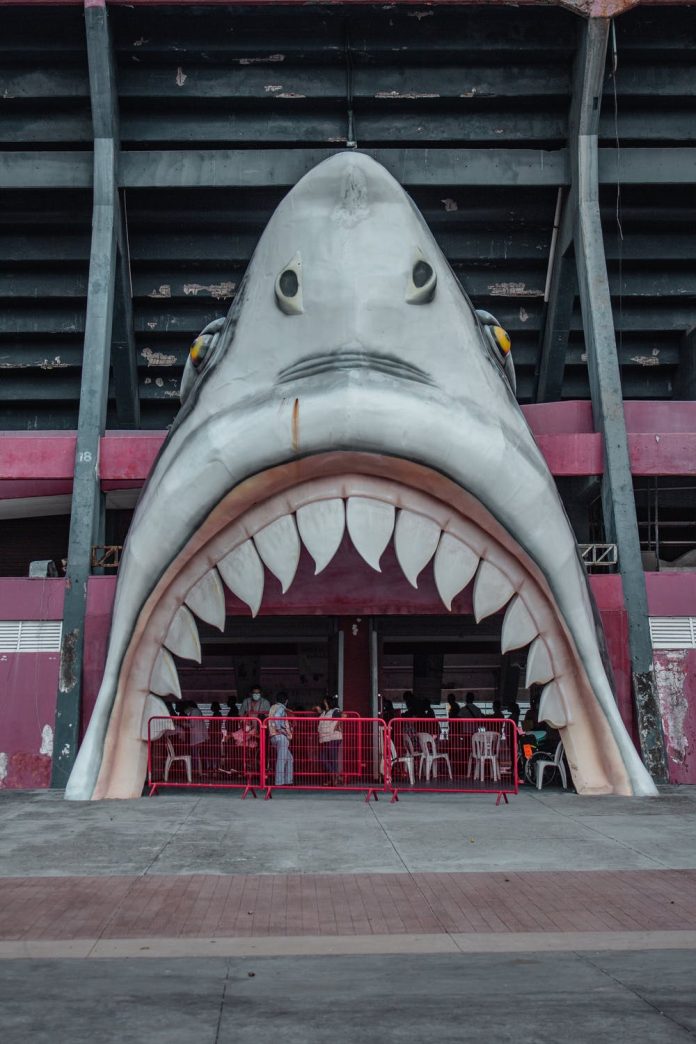
Aquariums pride themselves on the diversity of their marine wildlife that you can experience firsthand during a visit. Some of the most exciting exhibits include a wide variety of sharks- tiger sharks, reef sharks, nurse sharks. There’s nothing quite as thrilling as seeing these terrifying, toothy creatures up close.
But there’s one type of shark that you’ll never see at the aquarium, and that’s the great white shark. Why is that?
Death In Transit
When trying to move these giant underwater animals, many aquariums have had great difficulty keeping them alive during the trip to their tank. There were many different models of transportation used, but no shark survived the journey until 2004. Even with a successful transit, more obstacles prevented sharks from successfully staying alive in captivity.
Lack of Oxygen
Sharks have to constantly be moving so that the water passing through their gills provides the oxygen they need to help them survive. This process is called ram ventilation, and it requires a lot of open space for enough oxygen to reach the shark successfully. Aquariums are naturally limited in space and only have so much water to swim through.
Tank Injuries
Great white sharks are considered “pelagic,” meaning that they live in the open sea. Without room to roam, great whites in captivity have historically sustained several injuries from constantly ramming into their tank. They’re not used to limitations in their swimming patterns, so they accidentally hurt themselves when given closer confines than they’ll find in nature.
If your interested in more scary aquatic fun, check out this video on How to Survive a Swim With Piranhas!
















